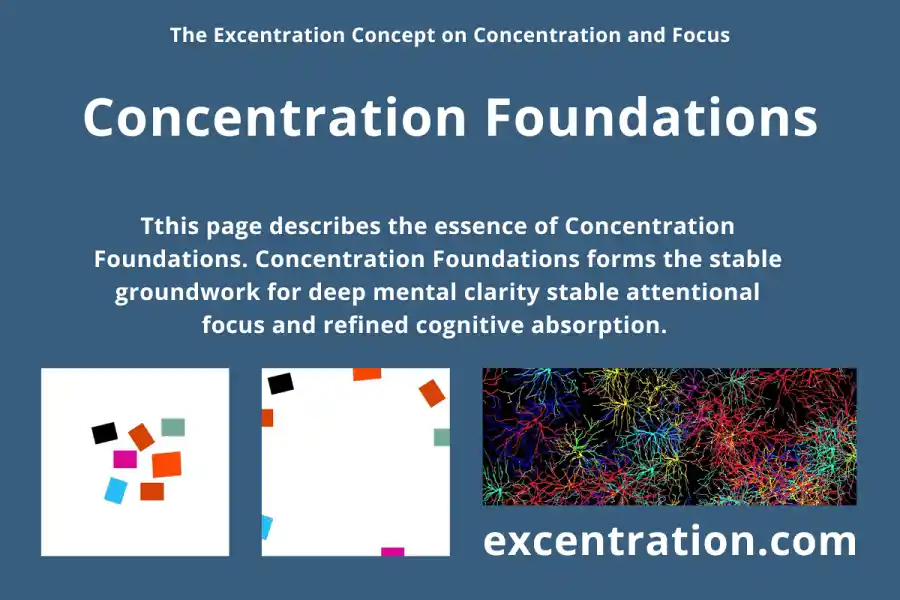
Focusing and Concentrating at ease: What is the concept of Excentration in a nutshell?
As you cannot go into a room that is filled up to the top, you cannot concentrate when your mind is full of tasks, topics, or challenges. Discover how to focus based on the new concept of excentration and brain research.
The core concept of Excentration: Take aside what blocks your Attention center.

Mental clearance: Before attempting to focus on a task, you need to create mental space by temporarily setting aside other thoughts and concerns.
Understand the Common Sense on Concentration Challenges
From obstacles to structured solutions:
Consensus Section for Concentration Challenges highlights how brute willpower, multitasking, and superficial hacks fail to overcome the genuine hurdles that hinder attentional steadiness. By reviewing these consensus insights, readers learn that stable focus demands a supportive cognitive environment and methodical strategies, not just heroic effort.
Discover the new Excentration concept on Concentration Challenges
New Concept on Focus for Concentration Challenges presents how mind rooms and excentration address attentional hurdles systematically. Readers discover that by compartmentalizing disruptive thoughts and externalizing distractions, challenges lose their potency, enabling both rapid intuition and reflective reasoning to harmonize.
What is the Common Sense on Concentration Intent?
Translating goals into stable cognitive direction:
Consensus Section for Concentration Intent asserts that vague purposes or motivational posters don’t ensure sustained clarity. The consensus section guides readers toward methods that channel mental energy into well-defined aims, ensuring that both quick intuitive recognition and measured reasoning unite under a clearly articulated objective.
Discover the new Concept on Concentration Intent
New Concept on Focus for Concentration Intent clarifies how aligning goals with mind rooms and excentration establishes unwavering direction. With no stray thought obstructing the path, swift intuitive sense and reasoned planning coalesce around a well-defined purpose, making intent more than just an ambition—turning it into a stable cognitive guide.



